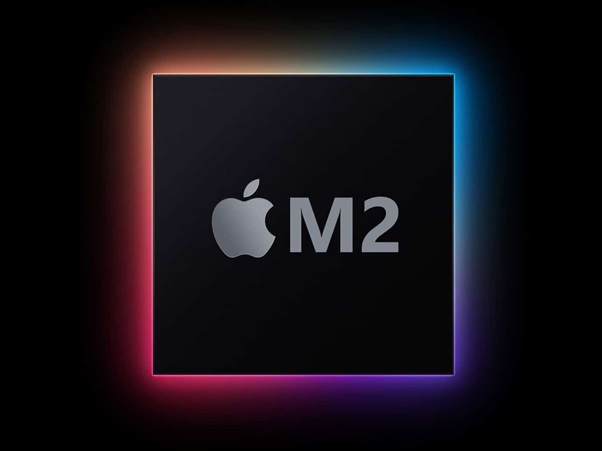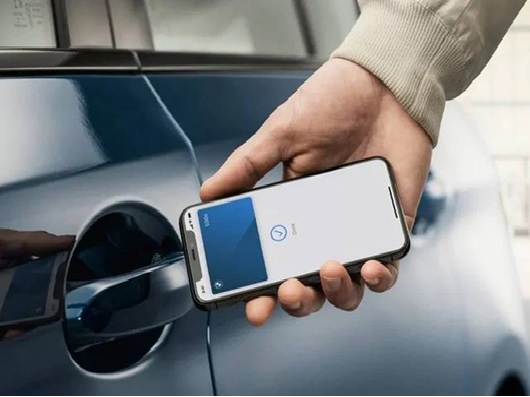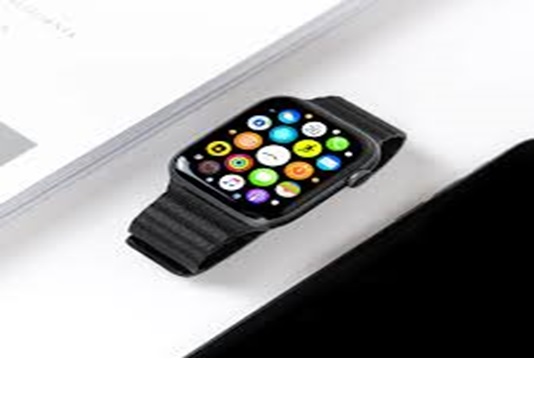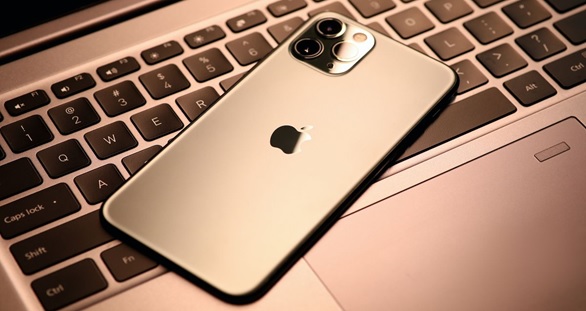The New Technology of Phone Implants
In November 2002, designers at the Royal College of Art in London made headlines after coming up with the world's first cell-phone implant. Their design involved a small chip that housed a receiver and a transducer. The receiver could pick up mobile phone signals, and the transducer could translate them into vibrations.
Once implanted in a person's molar, the transducer caused the tooth to vibrate in response to radio signals. The physical [1] structure of the jaw carried the tooth's vibrations to the inner ear, where the user, and no one else, could perceive them as sound.
The implant's designers held dramatic demonstrations of this principle using a vibrating wand. Participants confirmed figure1 shown below that they could hear crystal clear voices through their teeth.
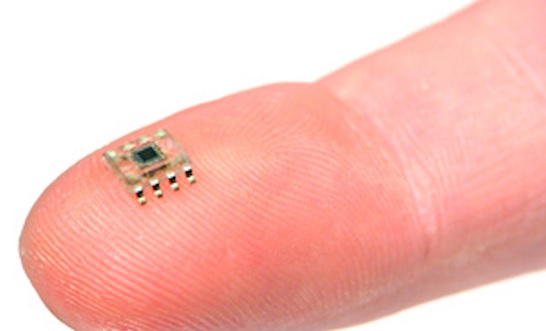
Figure 1: Phone Implants
The impact the technology could have on providing reliable transportation for the elderly population and people with disabilities are also significant. Are there downsides? Taxi and truck drivers may be out of jobs. And there are cybersecurity risks from "hacked" cars.
Last summer, two hackers demonstrated they could control a car's dashboard function, steering and brakes all through the vehicle's entertainment system while it was moving.
There are risks to be sure, but the stage has been set. Google says its driverless car will be available in 2020. And in 2012, Nevada became the first state to permit the use of autonomous vehicles.
The survey noted a total of 21 "tipping points" for technologies that may sound futuristic but are really just a few years away from mass adoption. They include Internet-connected reading glasses and the first transplant of a 3D printed liver.
The ROM chips, along with the other integrated circuits used in the implant, look a lot like the ones you'd find in a typical cell phone [2]. The RF transmitter and receiver, processors and analog-digital converters are all small, relatively flat chips that attach directly to the flexible circuitry.
The most noticeable difference is that these chips are often somewhat rounded rather than completely square or rectangular. This makes them less obtrusive and more comfortable under the skin.
The designers used a wand for the demonstrations rather than the implant itself because the implant did not actually exist. It was a concept, not a real device. In addition, it wasn't really a phone -- it was more like one of the Bluetooth earpieces commonly used today.
It had no mechanisms for dialing, storing phone numbers or anything else that a phone can do, other than relaying sounds to the listener. The theoretical implant's design didn't even allow the user to speak to the party on the other end of the line.
Even though it wasn't actually a working phone, the Royal College of Art project got people thinking about implantable phone technology. Cell phones have gotten a lot smaller since they hit the market, so one that is small enough to fit inside a person seems inevitable.
References:
- https://electronics.howstuffworks.com/cell-phone-implant.htm
- https://www.cnet.com/tech/services-and-software/the-mobile-phone-of-the-future-will-be-implanted-in-your-head/
Cite this article:
S Nandhinidwaraka (2021) The New Technology of Phone Implants, AnaTechmaz, pp. 31






